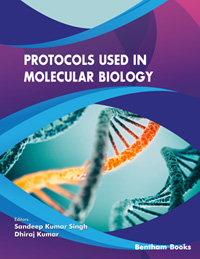Abstract
Real-time PCR offers a wide area of application to analyze the role of gene activity in various biological aspects at the molecular level with higher specificity, sensitivity and the potential to troubleshoot with post-PCR processing and difficulties. With the recent advancement in the development of functional tissue graft for the regeneration of damaged/diseased tissue, it is effective to analyze the cell behaviour and differentiation over tissue construct toward specific lineage through analyzing the expression of an array of specific genes. With the ability to collect data in the exponential phase, the application of Real-Time PCR has been expanded into various fields such as tissue engineering ranging from absolute quantification of gene expression to determine neo-tissue regeneration and its maturation. In addition to its usage as a research tool, numerous advancements in molecular diagnostics have been achieved, including microbial quantification, determination of gene dose and cancer research. Also, in order to consistently quantify mRNA levels, Northern blotting and in situ hybridization (ISH) methods are less preferred due to low sensitivity, poor precision in detecting gene expression at a low level. An amplification step is thus frequently required to quantify mRNA amounts from engineered tissues of limited size. When analyzing tissue-engineered constructs or studying biomaterials–cells interactions, it is pertinent to quantify the performance of such constructs in terms of extracellular matrix formation while in vitro and in vivo examination, provide clues regarding the performance of various tissue constructs at the molecular level. In this chapter, our focus is on Basics of qPCR, an overview of technical aspects of Real-time PCR; recent Protocol used in the lab, primer designing, detection methods and troubleshooting of the experimental problems.
Keywords: Biomaterial, Coding DNA sequences (CDS), DNA, FASTA, Fluorescence, Hybridization, Molecular diagnostics, Master mix, RNA, Real Time-PCR, SYBER green, Tissue Engineering, Thermostability, TaqMan, Wound healing.






















